Google Ads updates for 2023, we will present the ten most significant changes to Google Ads Updates in the past year, which are crucial for your awareness as you navigate through 2023. Additionally, we will provide practical tips to help you adapt your strategy accordingly. You will encounter a blend of positive, negative, and somewhat uncertain aspects as you read further.
Table of Contents
Major Google Ads updates for 2023: Here’s the list:
- Cost per lead increases (nearly) across the board
- Expanded text ads meet their end
- As do Smart Shopping and local campaigns
- And similar audiences are next
- New competitor advertising insights on the SERP
- Automotive gets a new ad type
- New business name and logo ad assets
- New voiceover feature in video ads
- Audio ads hit YouTube and intelligent speakers
- Broad match beta test leaves us uncertain
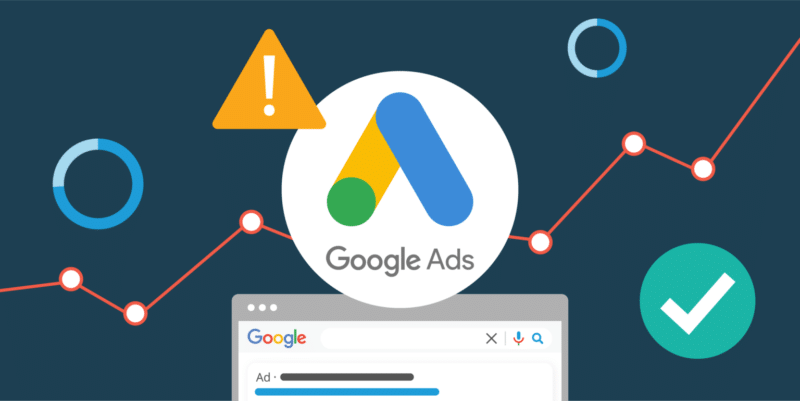
1. Cost per lead increases (nearly) across the board
A Google Ads benchmark report shows a significant increase in cost per lead in 91% of industries. The overall average growth is 19%, while the arts/entertainment, travel, and furniture industries saw growth of 13%, 69%, and 5% respectively.
The data suggest that factors such as inflation-driven high prices and low business survey ads resulted in lower conversion rates and therefore higher CPL.
2. Expanded text ads finally meet their end…
Crafting the ideal text ad has always been a source of pride for marketers, and for the past 22 years, advertisers have dedicated themselves to meticulously writing, testing, and refining their PPC ads on Google Ads Updates Throughout this period, Google has introduced numerous fresh search advertising formats.
In 2016, the size of standard text ads was doubled through the introduction of expanded text ads. Subsequently, in 2018, expanded text ads became even more expansive.

However, after several years of transformations, Google ultimately discontinued expanded text ads in June, leaving advertisers unable to create the format that had come to define PPC advertising for an extensive period.
Instead, Google’s new default ad is the Responsive Search Ad (RSA), which allows advertisers to provide Google with several different textual contents that can be combined into an ad that loads on the SERP for each search.
This ad format based on machine learning has a significant potential to deliver more than 40,000 unique ad variations with sufficient content. But critics are quick to point out that RSAs can create bad combinations and don’t always work well. The change effectively limits brands’ control over the messaging and testing processes for their SERP ads.

3. As do Smart Shopping and local campaigns…
Advertisers of online stores know the business as well. In 2018, Google released the Smart Shopping campaign type to help businesses promote their Shopping ads on search, the Display Network, and YouTube.
Google Merchant Center’s product feeds have made Google’s valuable web placements easily available to all small businesses. Similarly, in 2019, Google launched Local Campaigns to help local businesses promote their Google Business Profile on Google Search, Maps, Gmail, the Display Network, and YouTube.
Both campaigns offered small businesses a higher ROI with a smaller budget and helped automate much of the campaign management. Earlier this year, however, Google stopped allowing advertisers to create both types of campaigns and began automating their “upgrade” to Google’s newest campaign type, Performance Max.
Google Ads Updates Performance Max campaigns have a number of unique features and offer even greater reach in new ad placements, including Google’s Discovery feed. And for many, that’s enough to celebrate! Greater reach, more placements, and automation allow many advertisers to boast significantly increased conversions at a lower cost per acquisition without the hassle of managing multiple campaigns.

But not all advertisers are celebrating the demise of Smart Shopping campaigns and native campaigns. Google’s fully automated Performance Max campaigns require a lot of data and budget to run smoothly.
While you can technically run these campaigns on any budget, advertisers see better results with a larger budget of at least $100 per day. This new promotional allocation included in Performance Max may be celebrated as an extra cover for some, while others may complain about uncontrollable extra costs.
4. And similar audiences are next
Google introduced lookalike audiences to complement its remarketing audience for advertisers nearly a decade ago. The success of competitor Facebook’s lookalike audiences prompted Google to double down on its lookalike audiences.
Since then, they have become a cornerstone of many advertisers’ Google ad campaigns. However, the new data protection standards hit the audience solutions of both Google and Facebook.
That’s why Google announced in November that it plans to phase out lookalike audiences next year in favor of “more effective and sustainable” audience solutions.
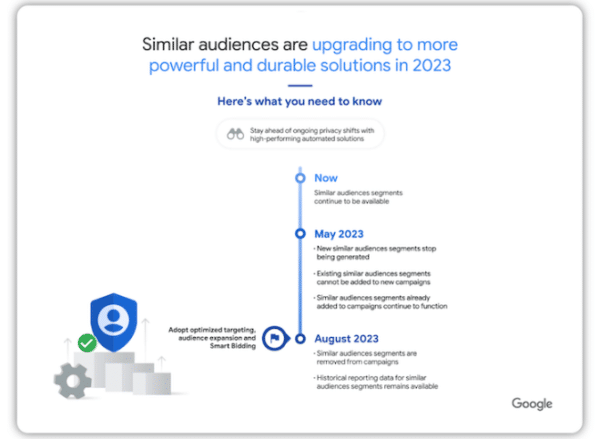
Advertisers still have about six months to use Google Lookalike Audiences in their campaigns. As of May 2023, lookalike audiences can no longer be added to new campaigns or ad groups. Shortly thereafter, in August 2023, they will be removed from all campaign targeting.
Google advises advertisers to update their audiences before making the change. Google recommends that all advertisers rely on their first-party data, such as customer targeting data, to generate new audiences for their campaigns.
In addition, Google recommends using smart bidding strategies and optimized targeting to further optimize campaign performance. Advertisers looking to expand their reach beyond their first-party data can take advantage of Google Audience Expansion after it stops offering Appearances.
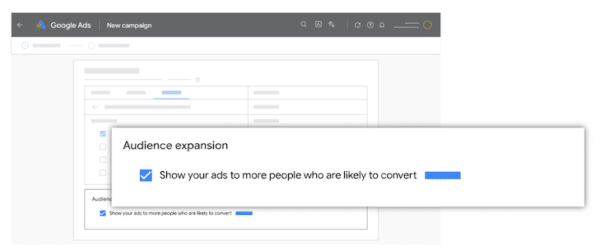
Interestingly, Microsoft doesn’t seem to be following Google’s lead here. On the same day that Google announced plans to discontinue Lookalike Audiences, Microsoft Advertising announced that it is expanding Lookalike Audiences solutions to more international markets.
5. New competitor advertising insights on the SERP
We respond to these three sad news with positive updates.
Google’s 2021 announcement unveiled plans to broaden its ad verification program and enhance ad transparency for users encountering targeted advertisements both within and beyond the SERPs. As part of those efforts, Google launched its Ad Center in October, which allows applicants to explore how advertisers are reaching them.
Among the features of My Advertising Center is a powerful new tool called “Advertiser Pages”. On these ad pages, users can see all other ads that the advertiser has shown in the last 30 days.
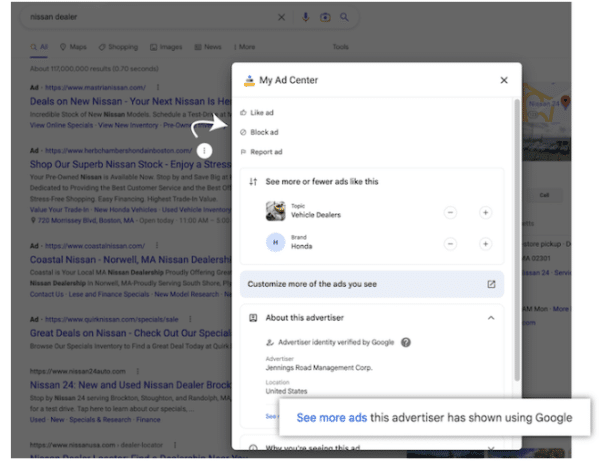
To view the company’s ad page, click on the three stacked dots next to the ad. From there, you can see information about verified advertisers, such as their legal name and location. More interestingly, you can also click on “Show more ads from this advertiser”.
Within this section, you will have visibility into all the advertisements the advertiser has displayed within the last 30 days. It is even possible to apply filters to these results, allowing you to sort them based on whether they are text, image, or video ads.
6. Automotive gets a new ad type
The past two years have forced several industries to constantly adjust their strategies as supply chain issues, pandemic restrictions, and economic turmoil continue to plague our lives. While some changes to
felt more like salt in the wound, some were positive. For example, at NADA in March, Google introduced vehicle classified ads to help car dealers highlight new and used cars.

Similar to Google’s local product ad, this new vehicle ad appears prominently at the top of the SERP, highlighting the cars’ image, price, condition, and location. Microsoft Advertising also launched a similar car ad format for local dealerships (along with a number of other ad formats in areas such as finance and travel).
These new vehicle ads are managed in the same way as Shopping ads and require an active inventory feed to be submitted and approved through Google Merchant Center. Previously, Google Merchant Center had strict rules that banned most motor vehicles from the platform.
7. New business name and logo ad assets
Businesses often struggle to stand out in a crowded SERP, and sometimes have to defend their brand against competitors or other advertisers trying to illegally ride their clothes. Approved advertisers now get some protection from Google with new companies and logos on SERPs.
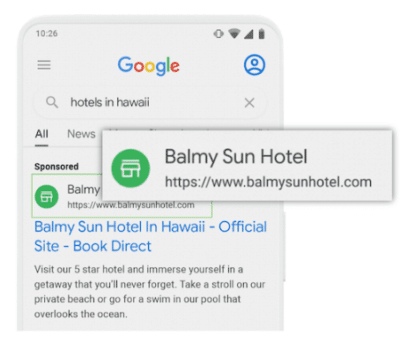
This new content is only available to verified advertisers. Not only is this new ad content visually appealing to advertisers, which improves performance, but Google also hopes that its corporate name and logo content policies will help reduce imitation and fraud. To use these new features, advertisers must go through an approval process with Google Ads Updates.
Additionally, advertisers may use this feature only to emphasize their legitimate business name or a strict match with their domain name. Logo content must also be prominently displayed and match advertisers’ verified identity.
8. New voiceover features for video ads
Partly due to TikTok’s rapid growth and easy-to-use editing features, Google introduced new features to its video ad content this summer. One of the improvements is that advertisers can now add audio to existing YouTube video ads without additional editing.
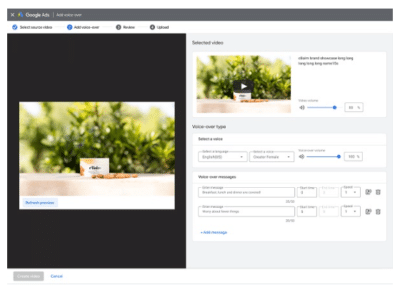
Previously, Google reported that less than half of video ads contained a story. According to Google research, adding speech to these Google Ads Updates can increase ad recall by 25% and reduce cost per advertised user by 50% compared to native ads.
Advertisers can choose eight different voices (four male and four female) for their voiceovers and provide their script, preview, and editing directly in Google Ads without additional video editing software or video expertise.
9. Audio ads hit YouTube & smart speakers
As streaming content and other OTT services become the norm for most consumers, many advertisers are beginning to change their strategies and budgets. Google Ads Updates was pleased to announce earlier this year that it was responding to this growing demand from YouTube’s music and podcast audiences with its new audio ads.
Designed specifically for advertisers, this new video campaign subtype aims to engage users during their music or podcast listening experiences. It caters to situations where visually-driven video content traditionally struggles to captivate audiences effectively.
Here’s an example of a Google audio ad:
10. A broad match beta test leaves us…uncertain
So there have been positive and negative changes.
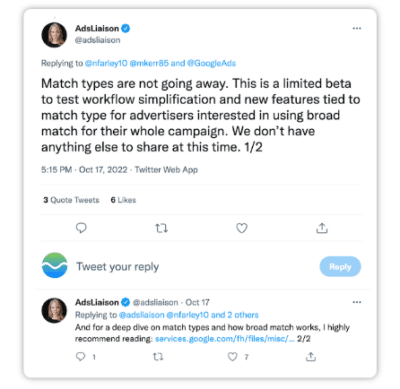
In October, Google Ads Updates released a limited beta feature that allows advertisers to enable broad keyword targeting at the campaign level. This isn’t surprising as it’s constantly looking to add broad search and smart bidding, but it was a little scary to see an option without search types – even if it was just a beta test.
Is there a future without keyword search types on the horizon? We don’t know. Google Ads Updates has confirmed that keyword search types aren’t going away, but Ginny Marvin’s statement that “We don’t have anything else to share at this time” doesn’t exactly set things straight…
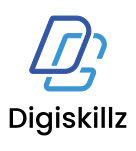


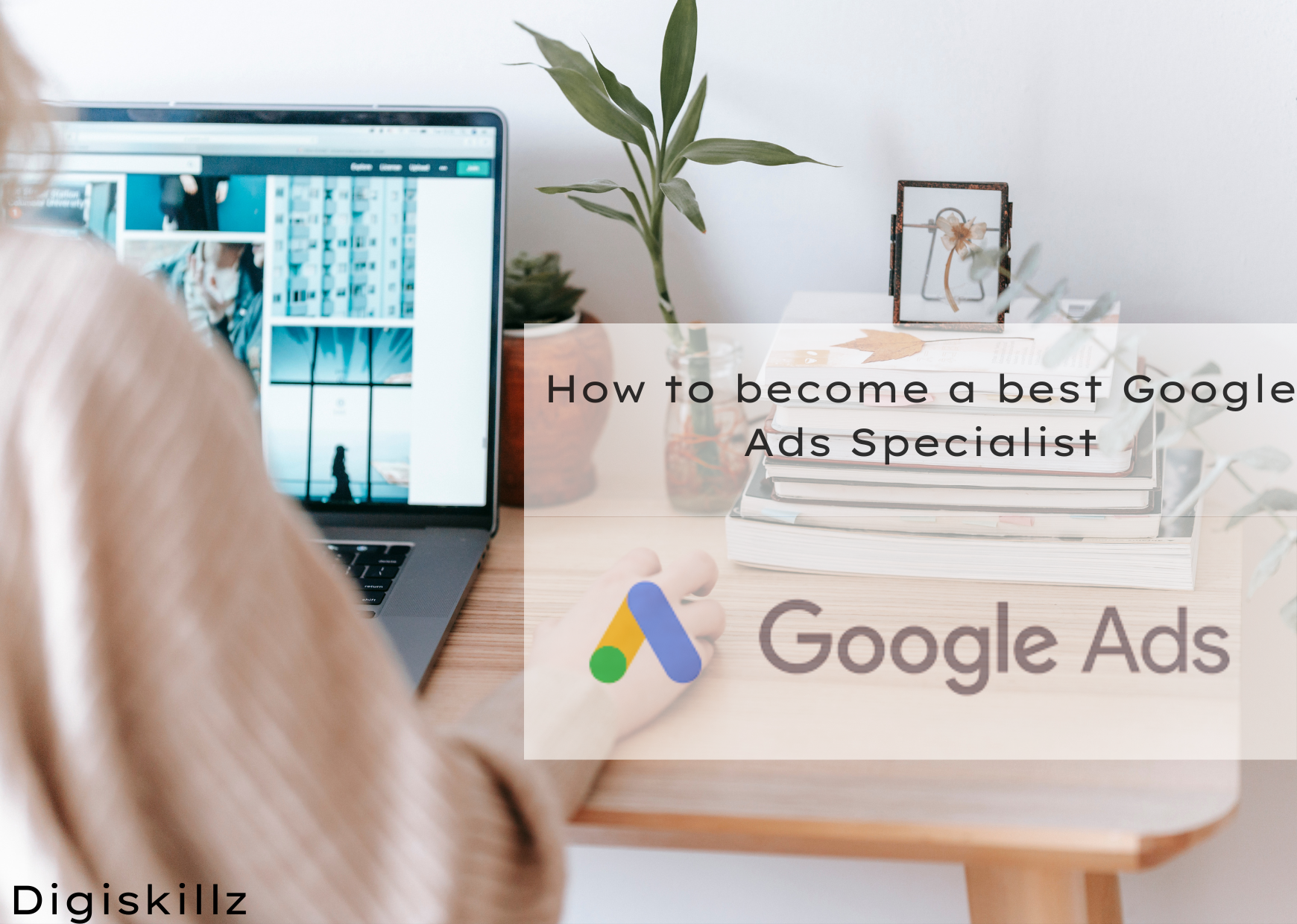
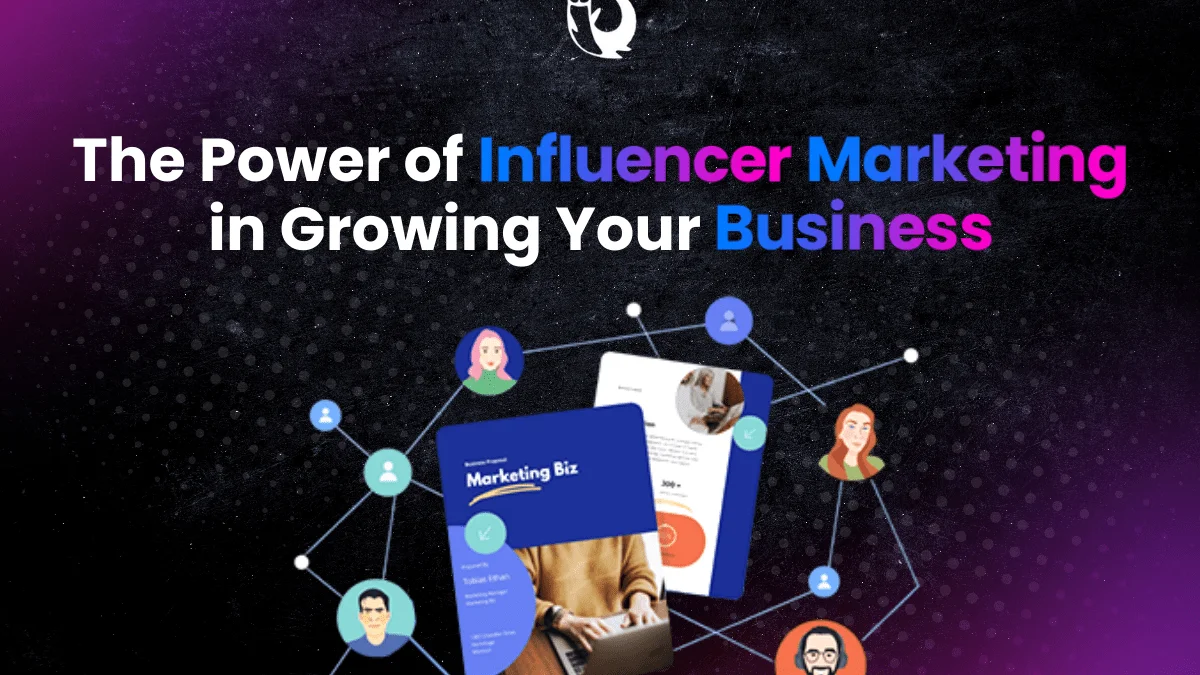

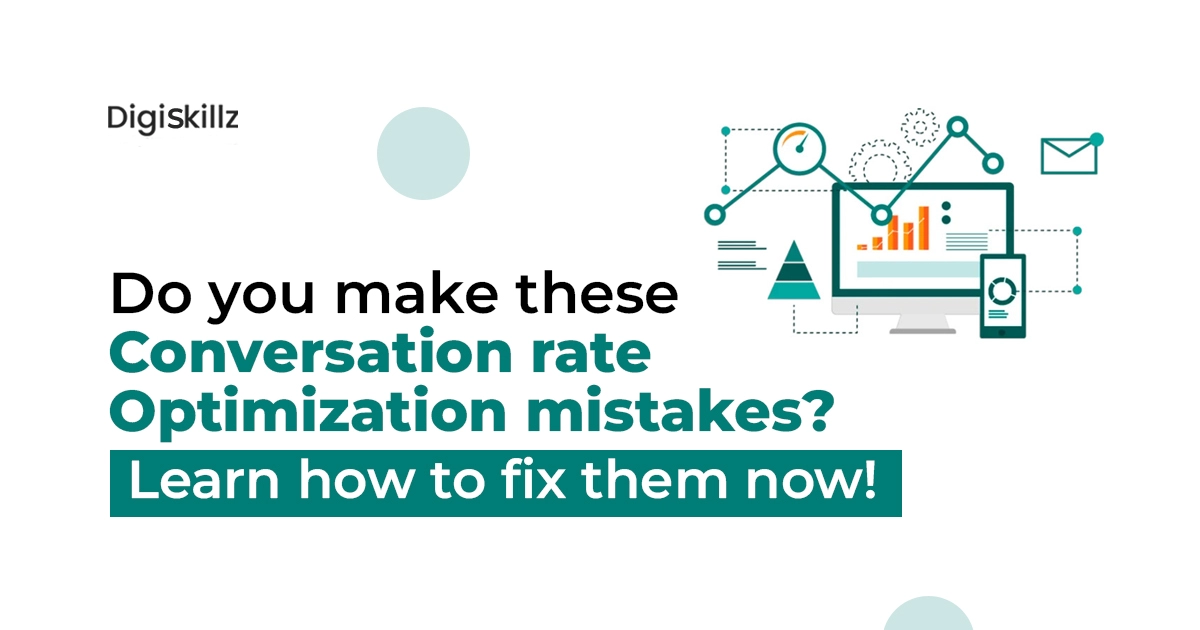
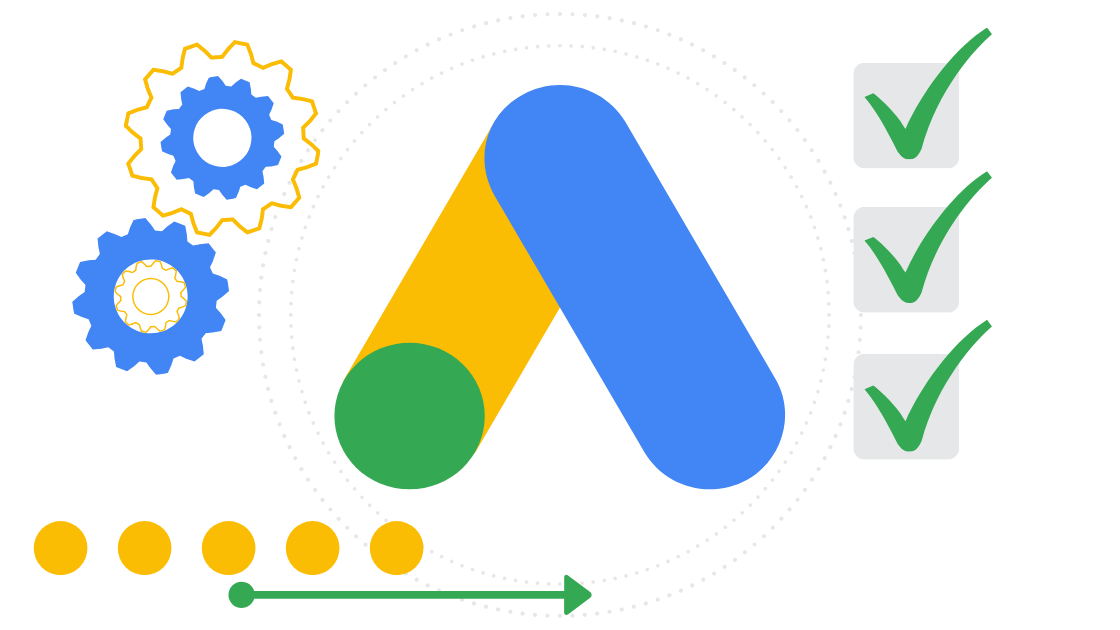
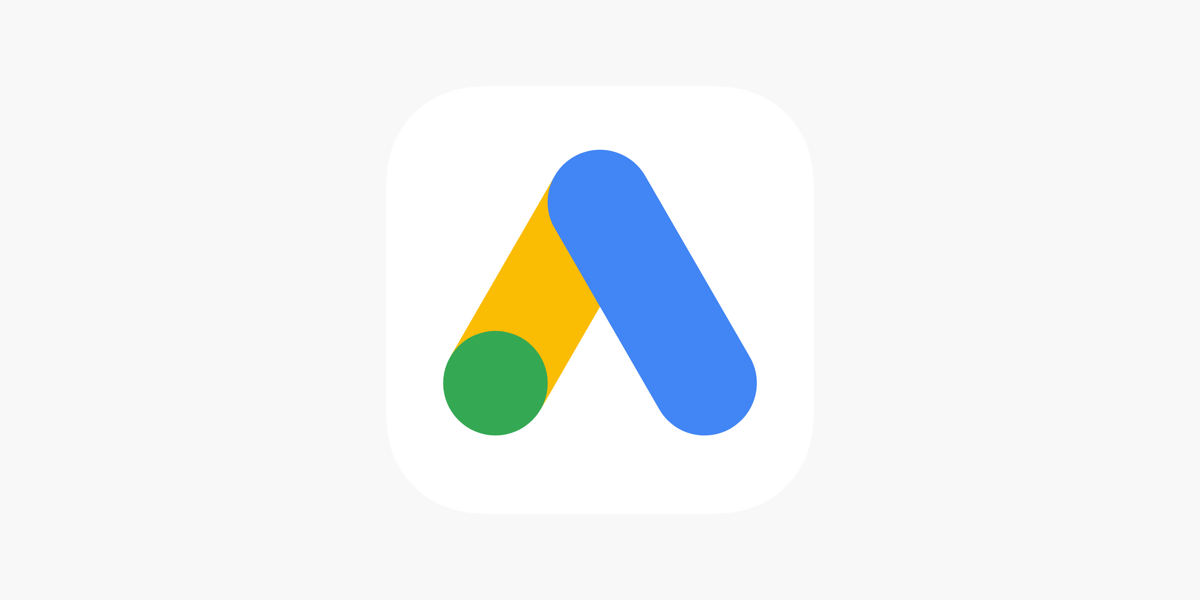
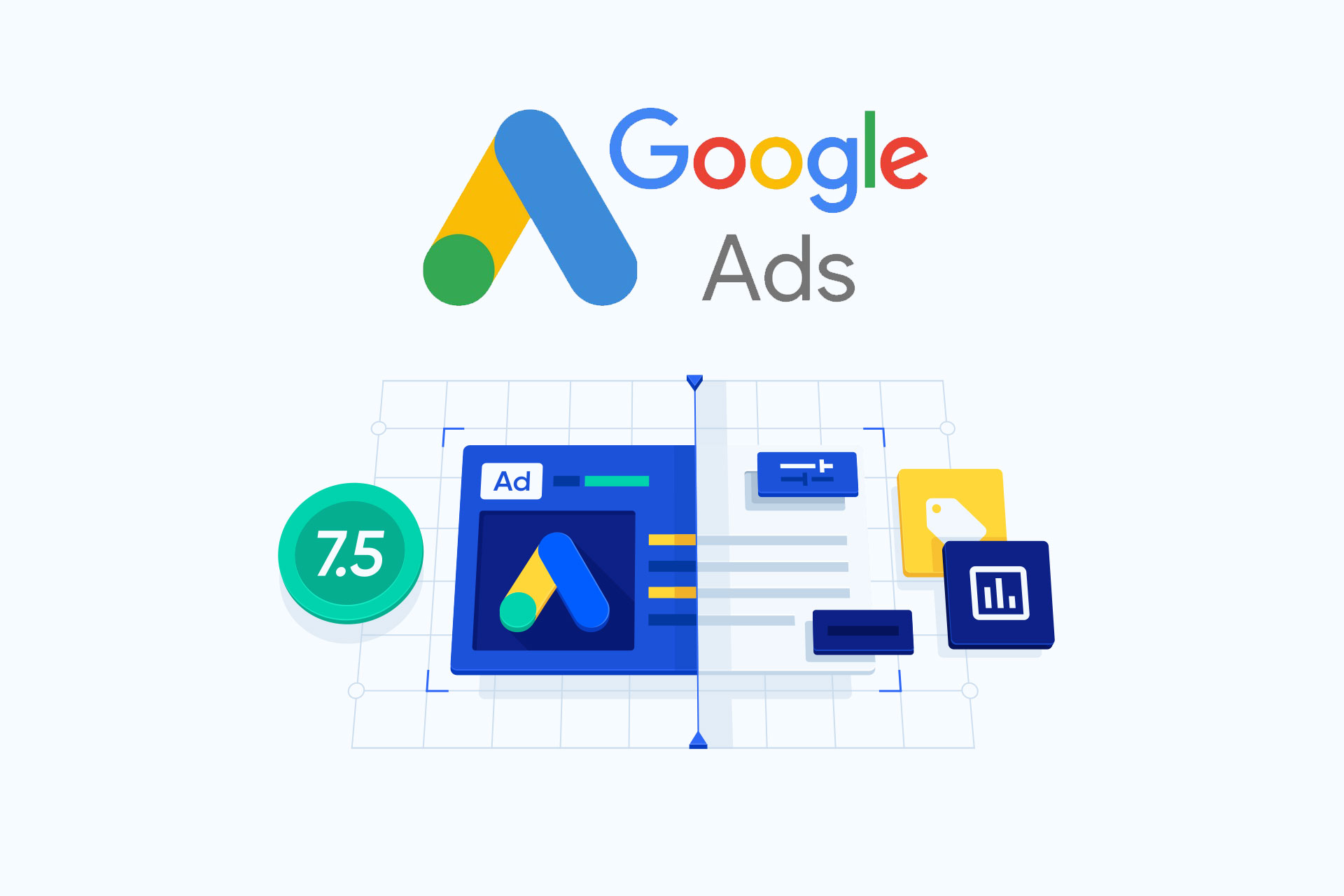
Leave A Comment